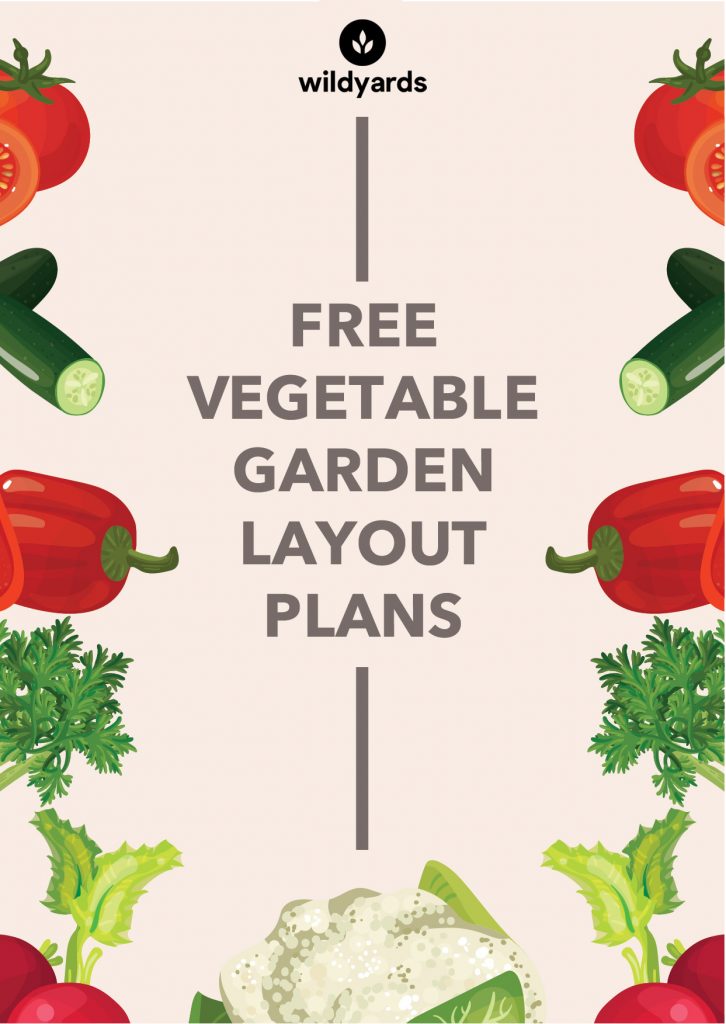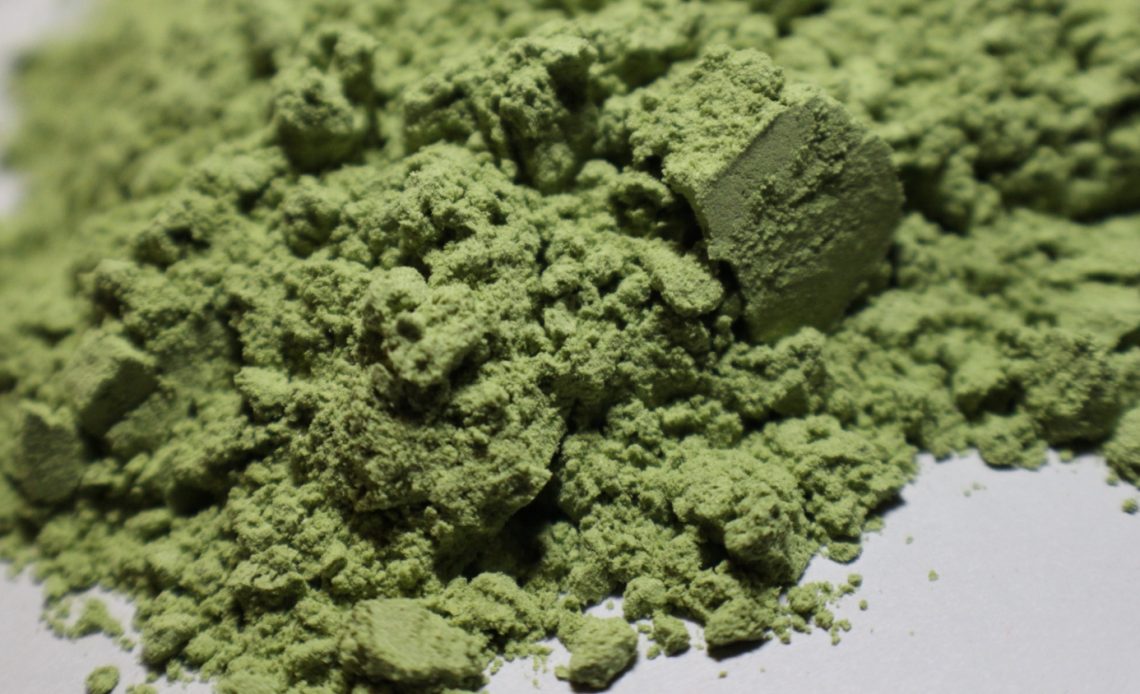

We’re here to help! Wild Yards is a completely free website that is 100% dedicated to helping you create a wildlife-friendly, sustainable yard. Read more
WildYards is reader-supported. When you buy a product through a link on our site, we may earn a comission. Every product is independently selected by our (obsessive) editors and our reviews are unbiased and objective. Read more about our mission or our privacy policy.
If you don’t like the idea of using chemical fertilizers to feed the plants in your garden, you’ll have to make use of some natural alternatives, instead. Fortunately, there are plenty to choose from! Bone meal is an excellent organic source of phosphorus, while blood meal provides an ample dose of bioavailable iron. Even oyster shells can be used as fertilizer and are ideal for soils deficient in calcium. Kelp meal can also help feed the crops in your garden, but what benefits does it have to offer?
Although kelp meal only provides moderate doses of nitrogen, phosphorus, and potassium, it’s rich in valuable micronutrients that your plants need to grow well. Kelp meal increases flower production, improves your plants’ disease resistance, and can even make your fruits and vegetables taste better!
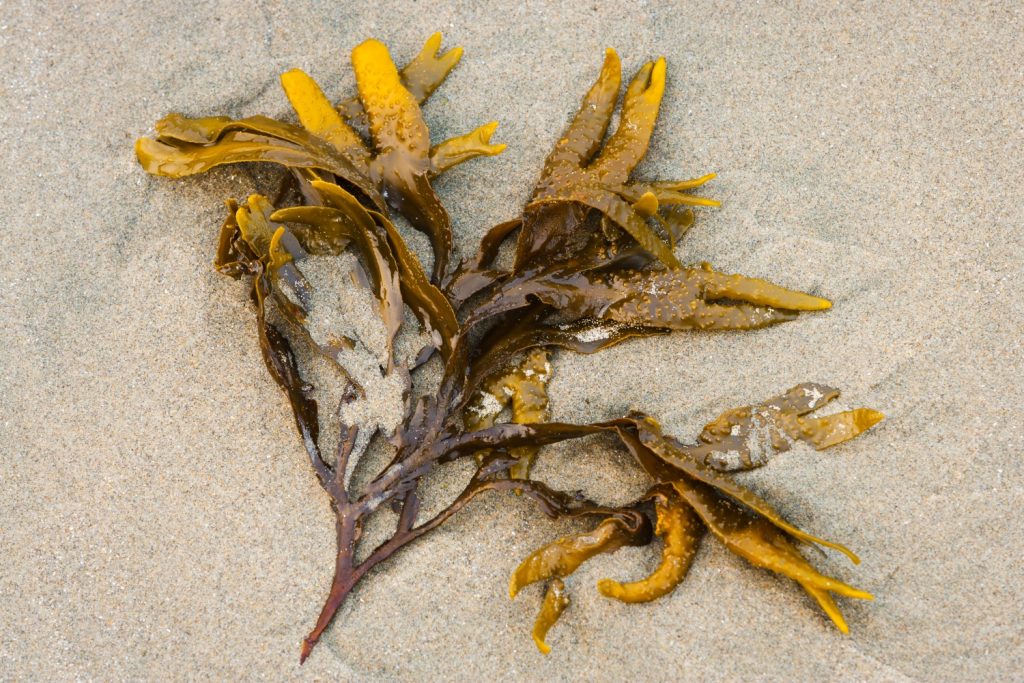
What is kelp meal fertilizer?
Kelp is a fast-growing seaweed that thrives in cold, shallow waters. It acts as a natural filter for the ocean and absorbs the many beneficial nutrients it has to offer in the process. To make kelp meal, the kelp is harvested, dried, and pulverized into a coarse meal.
Kelp meal contains over 60 micronutrients, including iodine, nitrogen, magnesium, manganese, potassium, phosphorus, iron, and calcium. After years of modern agriculture practices, most soils are naturally deficient in these nutrients. So adding kelp meal to your vegetable garden can have a dramatic impact on its performance.
How does kelp meal benefit plants?
Kelp is fast-growing, making kelp meal a sustainable natural fertilizer for your organic garden. But it has many other benefits to offer as well. Here are a few of the ways that kelp meal can improve the plants in your garden.
Kelp meal increases flower production
Because kelp meal contains such a wide variety of vitamins and minerals, it’s an excellent general-purpose organic fertilizer, much like compost. In fact, kelp meal is so rich, it can encourage your crops to bloom more. The more flowers your local pollinating insects have to visit, the more fruits you’ll have to pick when harvest time comes.
Kelp meal doesn’t just help your plants produce more flowers because it’s loaded with nutrients — although, that certainly helps! Kelp meal also helps stimulate bloom production by nourishing the beneficial bacteria in your garden’s soil. These symbiotic microorganisms help break down nutrients so they’re easier for your plants to absorb. With plenty of nutrients at their disposal, your plants will have everything they need to bloom again and again.
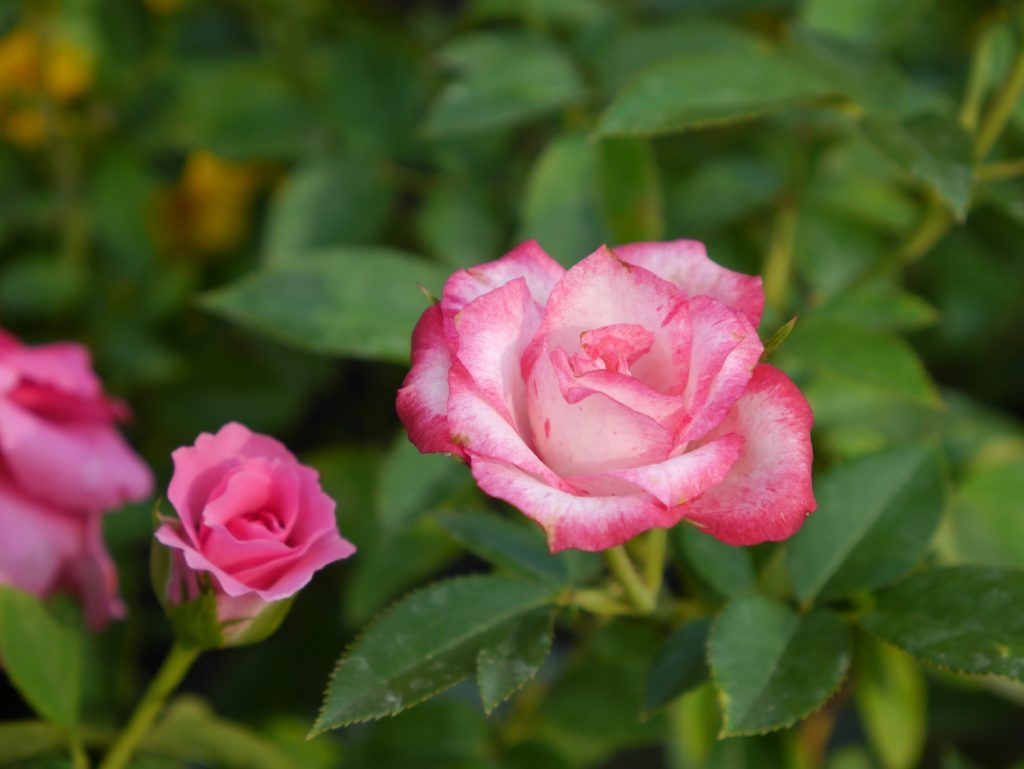
Kelp meal enhances disease resistance
Supporting the good bacteria in your garden soil has another benefit: it can greatly improve your crops’ disease resistance. As it turns out, the microbes in your soil play a big role in keeping your plants healthy. These bacteria enable your plants to fight off fungal spores by enhancing their natural disease resistance. The stronger your plants are, the less likely it is that they’ll fall prey to infections and even insect infestations.
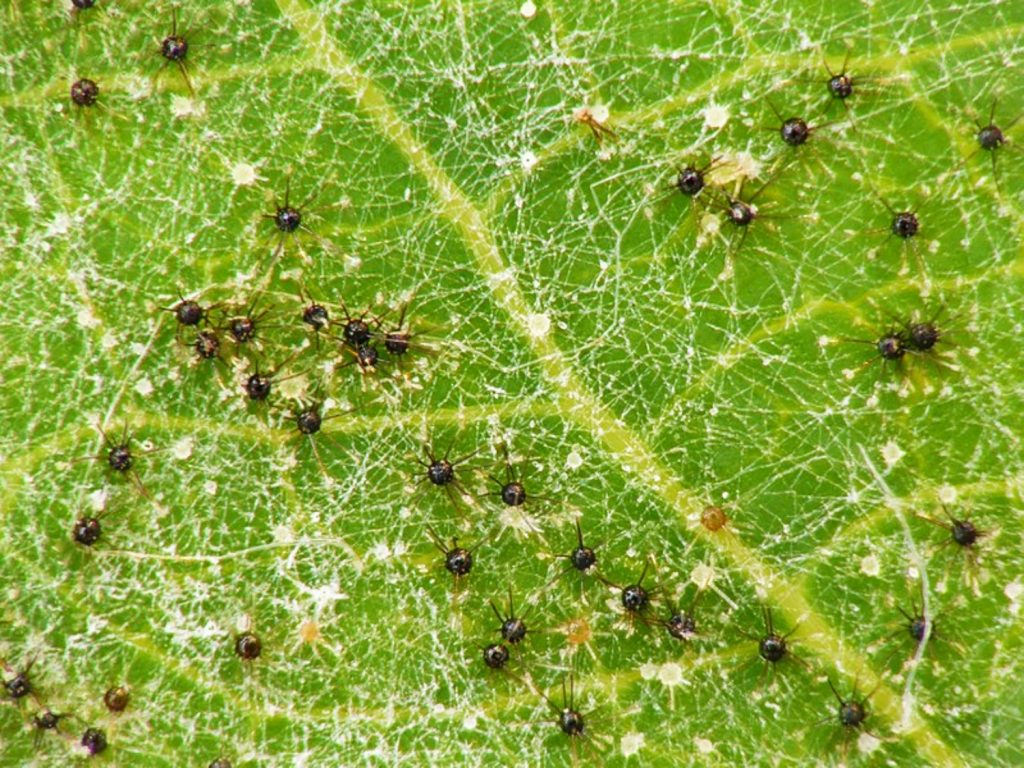
Kelp meal promotes plant growth
If you transplant your own seedlings, you know how difficult it can be to get them to take root once they’re out in the garden. Kelp meal contains natural growth hormones that make it easy for young plants to get established. By promoting healthy root systems, and encouraging a good soil microbiome, kelp meal makes it easier for the plants in your garden to cope with stressors, like extreme heat, sudden cold snaps, and seasonal droughts. If you want to increase your garden’s general hardiness, kelp meal can help you do just that.
Kelp meal makes fruits and vegetables taste better
Has the quality of the fruits and vegetables from your garden declined since its first year? That’s a sign that the soil has become depleted of trace minerals, and could use some extra TLC. With each harvest, the soil loses valuable nutrients. And even commercial fertilizers may not have enough nutrients to bring vitamin and mineral levels back up.
Fortunately, kelp meal is chock full of bioavailable micronutrients that your plants can easily absorb. Restoring lost minerals improves the taste of many garden favorites, including tomatoes, cucumbers, and peppers. Gardeners who use kelp meal to fertilize their plants often find that their produce develops a better texture when ripe, and stays firmer longer, thereby extending the shelf life.
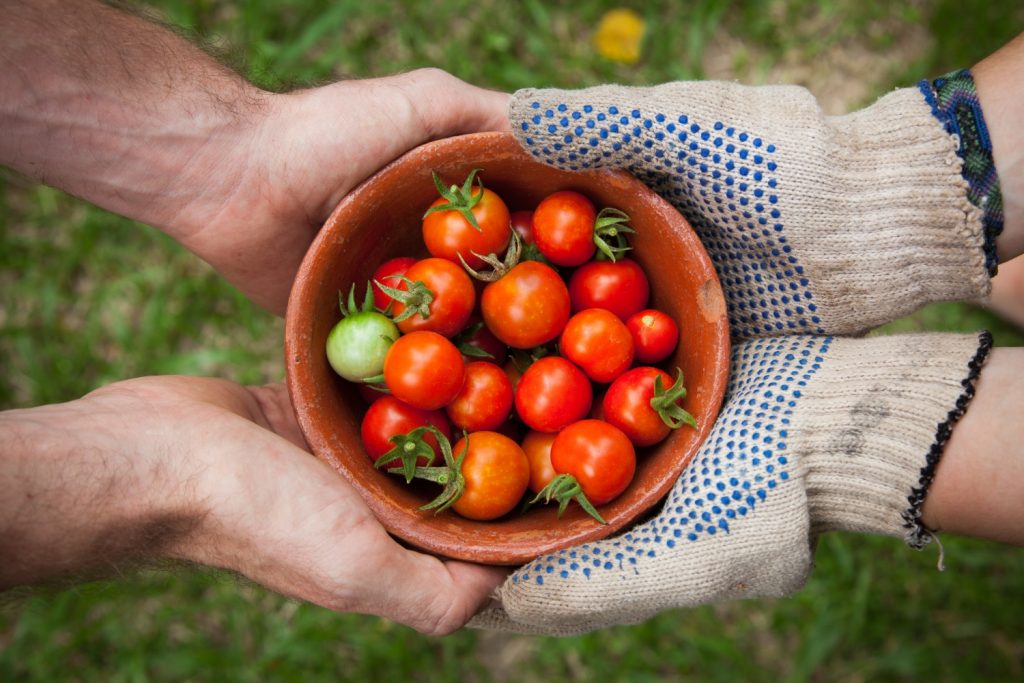
Kelp meal improves soil structure
Another advantage kelp meal has to offer is that it improves soil structure. Kelp meal is a porous substance. This makes it an ideal amendment for compacted vegetable patches because it aerates the soil making it loose enough for your crops to root into. Kelp meal also improves drainage, while still enabling the soil to retain enough moisture to keep your plants happy. If you want to improve the texture of the soil in your vegetable patch or raised garden beds then adding a dose of kelp meal is a step in the right direction.
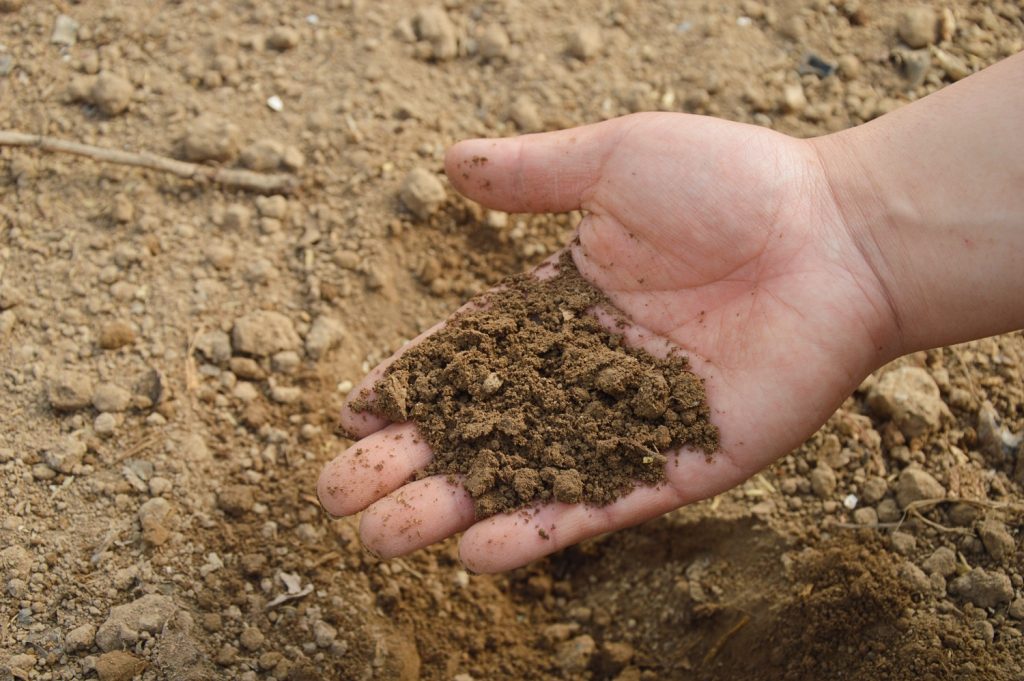
Kelp meal is a nutritious fertilizer for young plants
Feeding young plants can be difficult. Because seedlings and juvenile plants aren’t as established as mature plants, they’re more likely to be burned by the high nitrogen content in traditional garden fertilizers. But since kelp meal contains relatively small amounts of nitrogen, it’s a much safer fertilizer option for feeding young plants.
While kelp meal contains much less nitrogen than some other organic fertilizers (manure, for instance), using too much or applying it incorrectly can still cause nitrogen burn. For this reason, we recommend adding kelp meal to your garden’s soil two weeks before planting. Exposing the kelp meal to the sun, rain, and elements will help break down some of the nitrogen so it won’t be such a shock to tender roots.
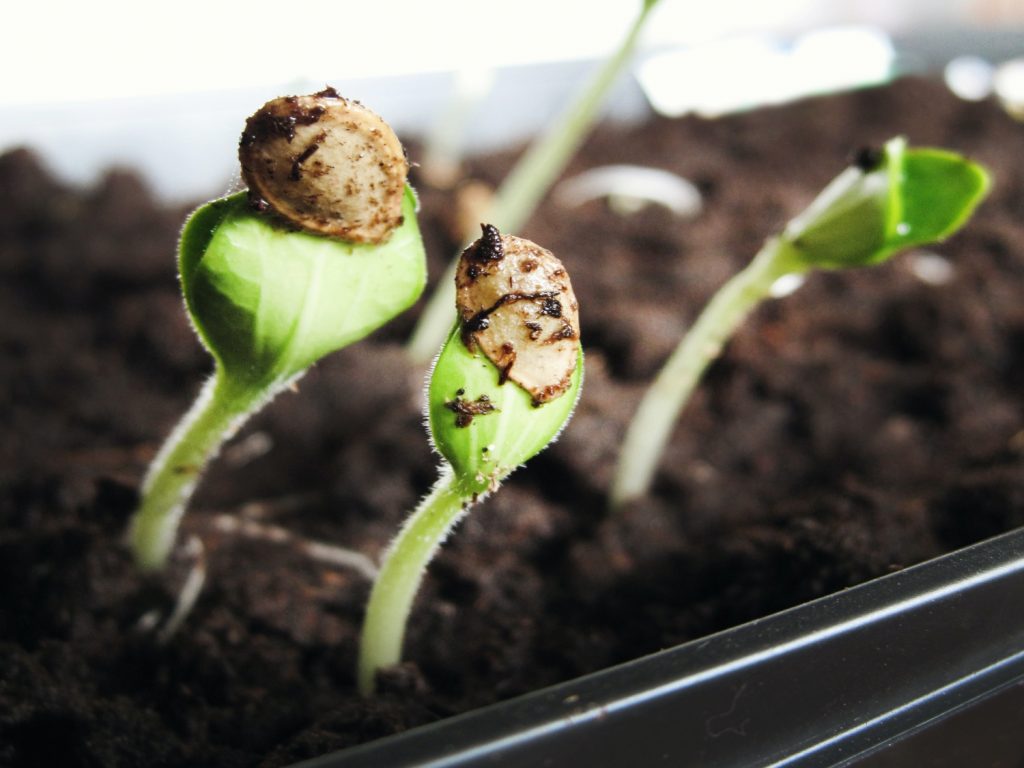
How should you apply kelp meal to your garden soil?
Because kelp meal is an organic fertilizer, and because it contains such moderate doses of vitamins and minerals, you can apply it at any time. If you want to give your plants a boost before they bloom, sprinkle some kelp meal onto the soil around them right as the buds appear. And if you want to help your crops produce more fruits, feed them once they start producing.
Many gardeners choose to add kelp meal to their garden soil in the spring prior to planting. This allows for a more even application. Follow the manufacturer’s directions when spreading kelp meal. Most manufacturers recommend applying kelp meal fertilizer at a rate of 1 to 3 pounds per square foot. To determine exactly how much your garden will need, we recommend testing the soil with an at-home soil test kit first.
Regardless of when you spread the kelp meal fertilizer, you’ll need to make sure you water your plants well afterward. Soak the soil thoroughly with a hose, down to the plants’ deepest roots, so the vitamins, minerals, and growth hormones start to break down.
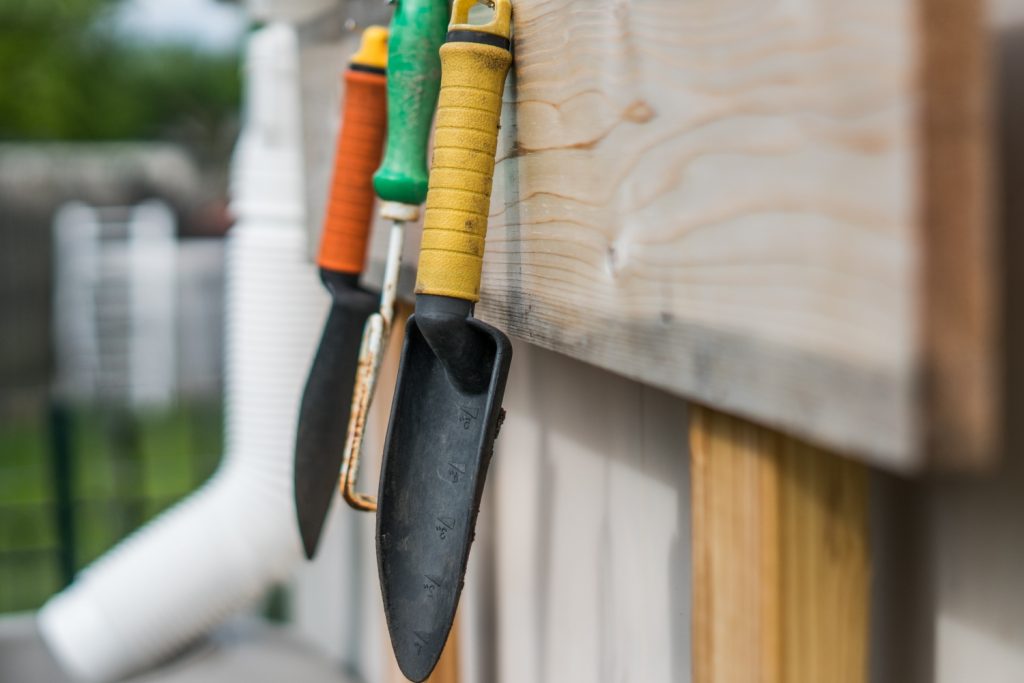
Can you apply kelp meal to your plants’ foliage?
If your garden plants are struggling with yellowing foliage, brown edges, wilting stems, and dropping flowers, these are all signs of nutritional deficiencies. Adding kelp meal to the soil can certainly help them, but using the kelp meal to make a dilution to spray onto the plants’ leaves will work much faster.
Stir four tablespoons of kelp meal into a gallon of water and allow the mixture to steep overnight. The water should develop a nice greenish tint. Once it’s ready, strain the kelp meal out and pour the liquid into a spray bottle.
Spray the kelp meal “tea” onto your plants’ foliage liberally. Use a gentle mist setting to apply it. The smaller the droplets, the easier it is for the leaves to soak up. It’s best to do this in the morning. As the sun comes out, the plants will begin to absorb the liquid kelp meal fertilizer.
Plants that are struggling with severe nutritional deficiencies may need several applications before they show signs of improvement. However, plants that are only dealing with mild deficiencies should perk up within a few days.
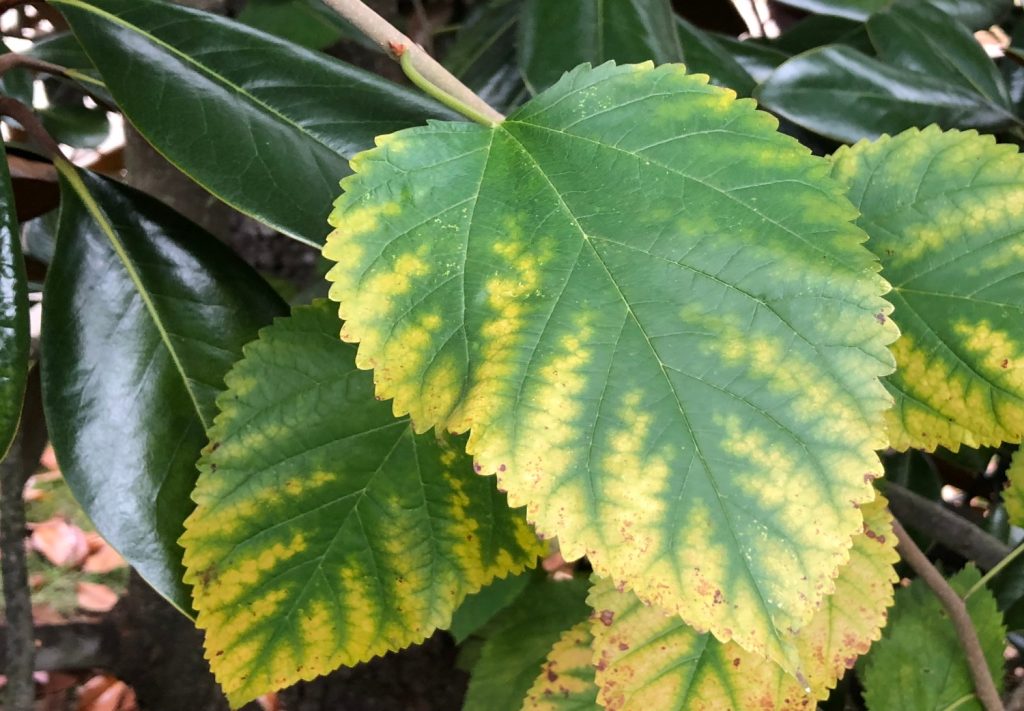
Can kelp meal be used to prevent transplant shock?
One of the major causes of transplant shock is root stress. It’s easy to accidentally cut a plant’s roots when moving it to a new location. Unfortunately, this can have devastating consequences for its health later on. In some cases, the plant may die.
The natural growth hormones found in kelp meal can help prevent transplant shock by encouraging the plant to produce a strong root system. After carefully digging up your plant, soak the rootball in a bucket filled with kelp meal “tea”. Allow the roots to sit in the mixture overnight before transplanting the plant to its new location. This will help the plant overcome the stress of being moved.
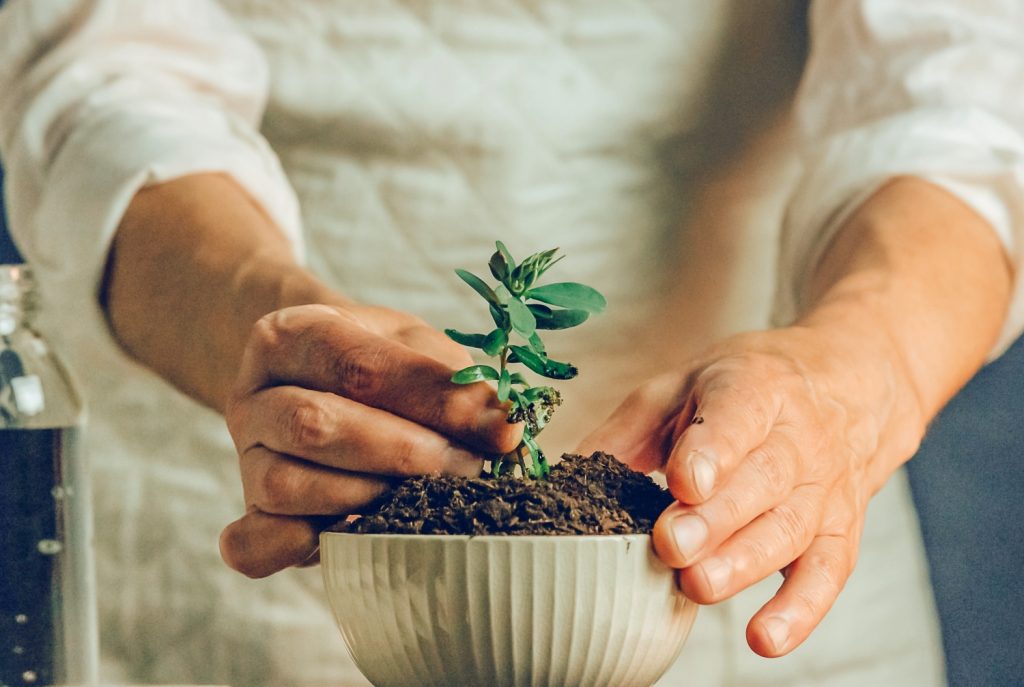
Is kelp meal worth it?
Overall, kelp meal is an excellent source of nutrients that any vegetable garden can benefit from. Whether you’re looking for a sustainable general-purpose fertilizer for your organic garden or something to loosen up your compacted soil to improve aeration, this inexpensive fertilizer is easy to work with and well worth a spot in your potting shed.
